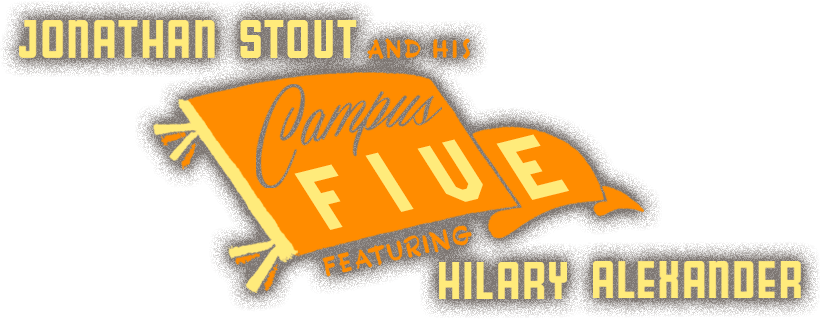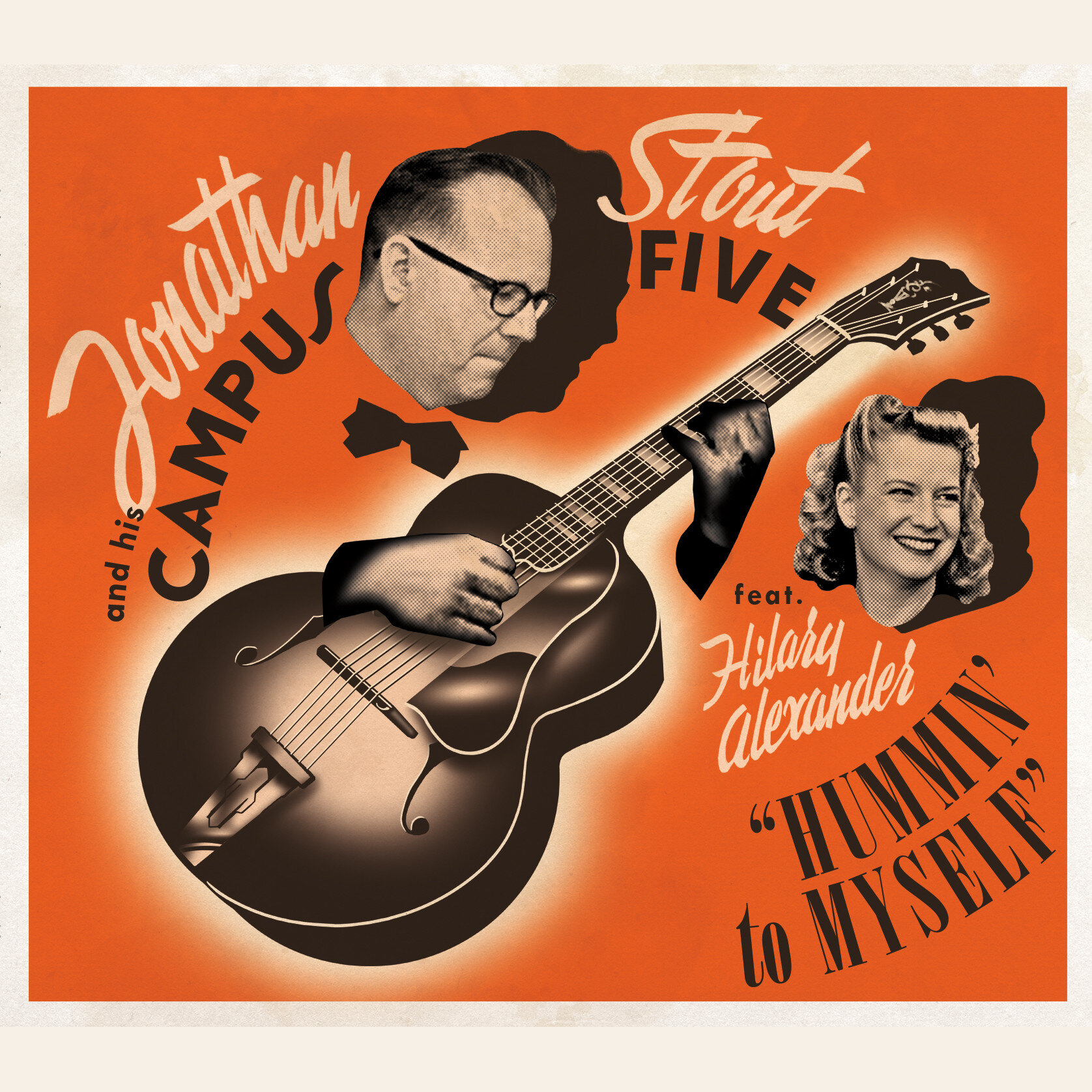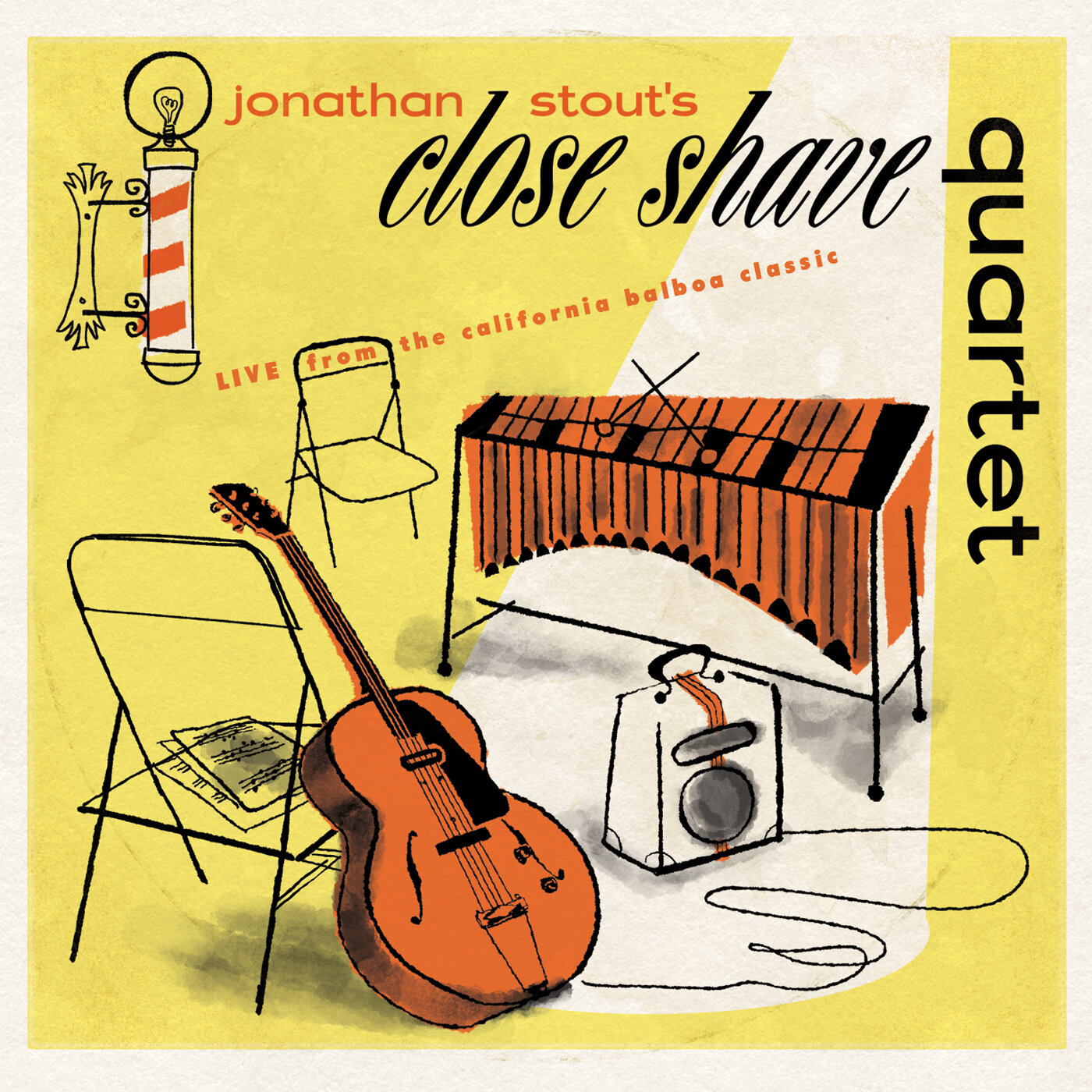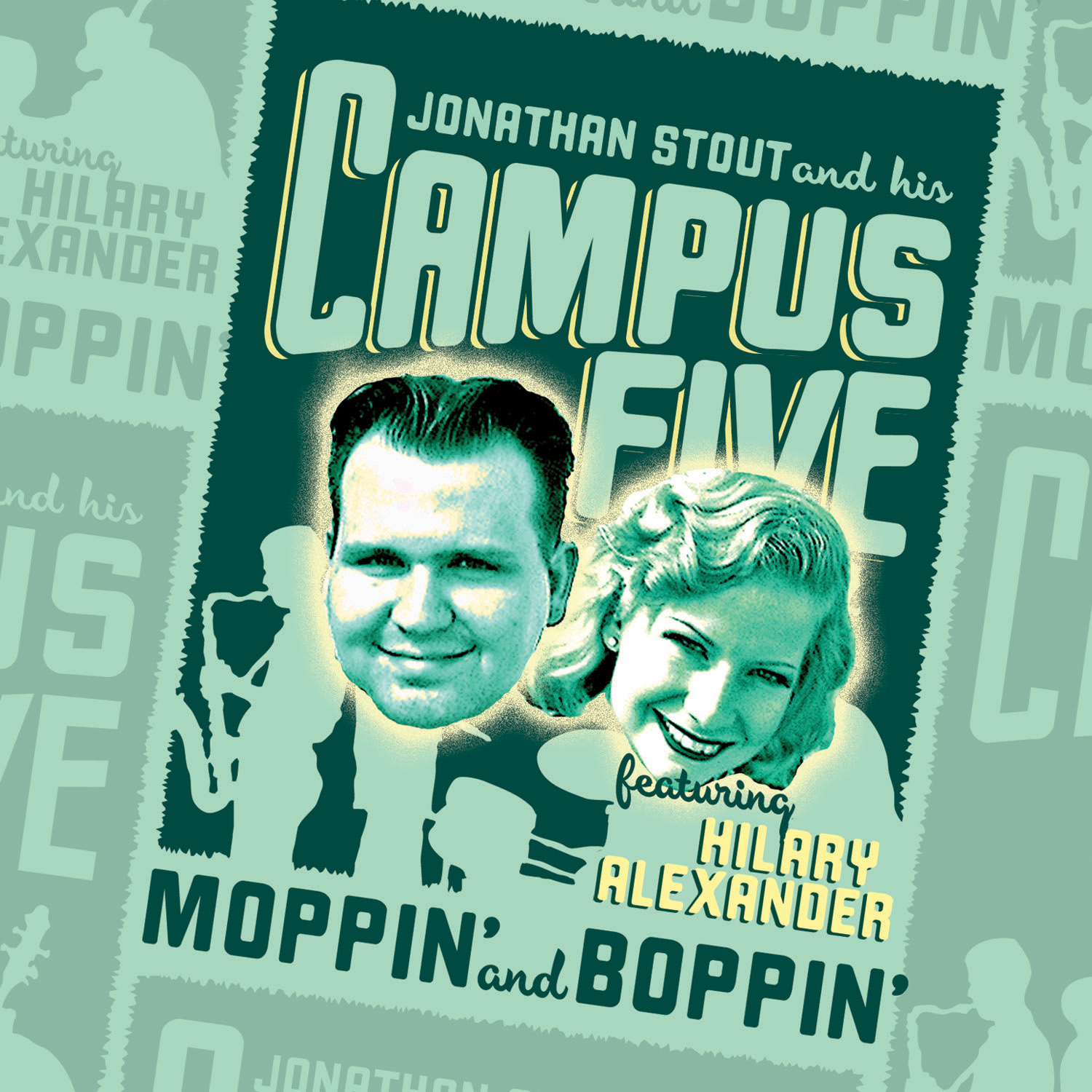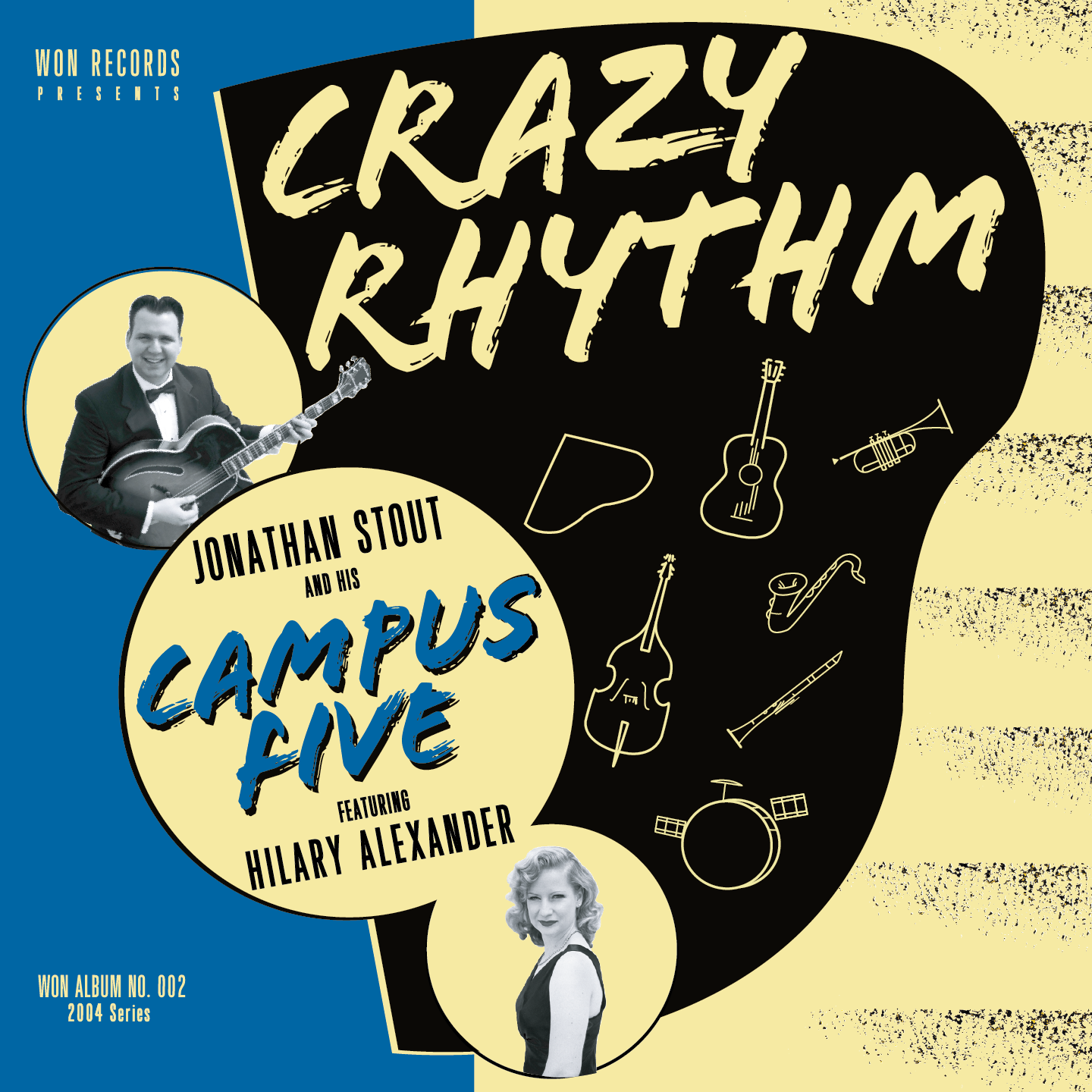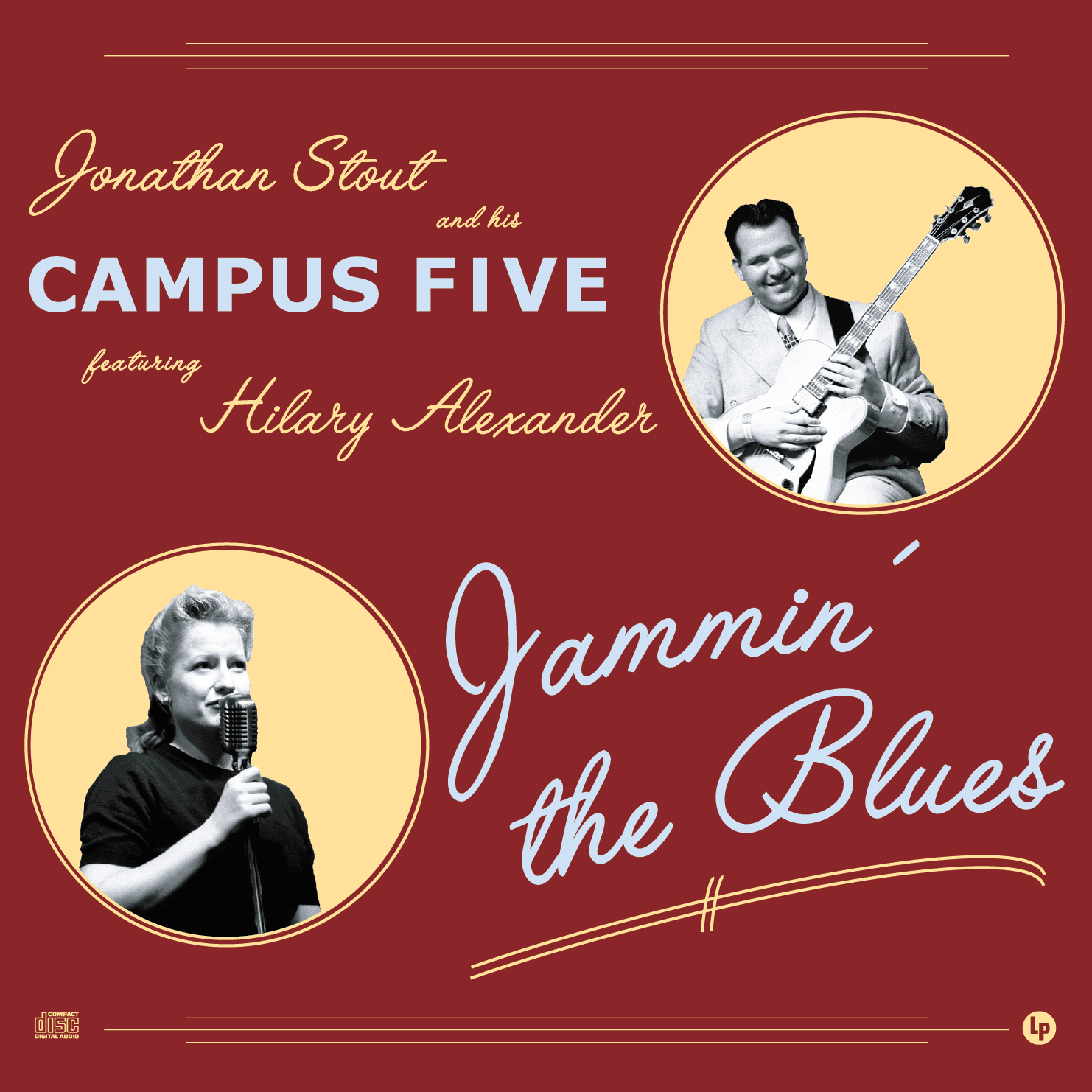Playalong Batch 3, part 1 - "Love Me or Leave Me" and "Blue Skies"
/Here a huge update: 17 more tunes as playalong tracks. As before, most are 3 choruses long to allow you to play the melody, take a chorus, and then take a whole new chorus. On the two slower ballads, "Stardust" and "I'm Confessin'", I've only played two choruses. Traditionally, because the tunes were slower, recordings are often only two choruses long. Charlie Christian's famous 1939 chord-melody recording on "Startdust" is the second and last chorus of that recording.
Since 17 songs would involve a lot of explanation, I'll split this up into a bunch of parts. All of the sounds are up on sound cloud, but I'll embed them in each new post as I go through them.
First Up, two very similar tunes, "Love Me or Leave Me" and "Blue Skies." Both tunes are similarly constructed, and are what I can "minor/major" tunes - meaning part of the tune is in minor, before shifting to the relative major. Although keys can very, especially for vocalists, both tunes are often played in Fm/Ab. "I've Found a New Baby" is another example of a "minor/major" tune.
"Love Me or Leave Me" uses a "minor vamp" cycle over the first four bars, before going to the relative major for a I-vi-ii-V cycle. While the two chord cycles look like a lot of changes to run through, both cycles are basically diatonic, so you can generally approach the tune as four bars of F minor, followed by four bars of Ab major. The bridge is a pretty standard sequence.
"Blues Skies" is similarly complex looking tune, but is similarly simple underneath. The first four bars is basically a minor key descending line cliche: essentially an F minor with a chromatic descending F to E to Eb to D. And then, again the next four is just a return to the relative major, Ab, with a I-vi-ii-V vamp (the Ao diminished chord is just a diminished passing chord/subsitution for the vi chord).
One of the most confusing thing is that same grouping of notes can be described multiple ways - often in an attempt to "simplify" things. For example, an Fm7 (F, Ab, C, Eb) can also be described as a Ab6 chord (Ab, C, Eb, F) - and an Fm6 (F, Ab, C, D) is also a Dm7b5 (D, F, Ab, C). Finally the second chord Fm/maj7 (aka Fm/E - F, Ab, C, E) is sometimes substituted with a C+7 (C, E, G#/Ab, Bb) - because three of the four notes in each chord are the same, they can serve the same functional role. This can lead to the progression of Fm->Fm/E->Fm7/Eb->Fm6/D being written as Fm->C+7->Ab6->Dm7b5, which does not make any functional sense. While simplifying the chords might make it easier for a piano player to finger simplified chords without thinking of the real functional roles, it only serves to obscure the real harmonic content and movement for a jazz improviser.
Finally, the last chord of the first four bars (Dbm6) is basically chromatic passing chord, and serves no functional purpose. It's just pretty voice-leading completing the F->E->Eb->D->Db->C (in the Ab6 chord in the 5th bar).
With regard to the bridge, the change here is making a melody over the I-iv minor changes without sounding mechanical. One trick is to realize the the iv minor chord requires just a slight alteration to the notes in the key. By simply avoiding the major 6th, F natural, over the Dbm6 chords, or altering them to an Fb (aka E natural), but still remaining otherwise in Ab, you can focus on playing a melody, rather than mechanically running the changes.
Rhythm Guitar - Tab
Lead Sheet - old school or "functional changes"
Lead Sheet - modern changes
